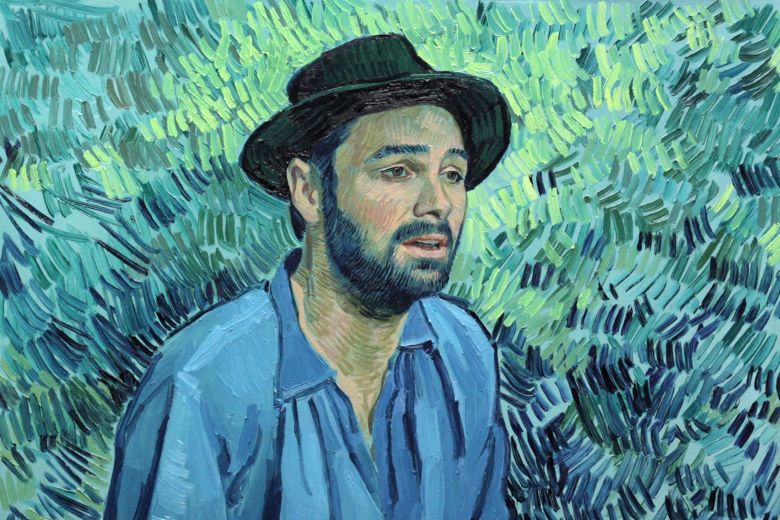
Moving images have captivated audiences long before the invention of cinematography. Since ancient times, humans have been fascinated with finding new ways to manipulate images to bring them to life, into reality. With the pivotal invention of the magic lantern and zoetrope in the 19th century, revolutionary animation techniques gradually emerged, evolving into the short animations of the silent era, which provided the tools for leading animators of the 20th century such as Walt Disney.
Today, the popularity of animation only continues to expand, particularly as a genre defined by its appeal to children. In chronological arrangement, this list will consider ten spellbinding animated films that though lesser known, push the possibilities of animation beyond tradition, paving the way for a genre of animated films that accommodates all audiences, child and adult alike.
1. The Adventures of Prince Achmed (1926)
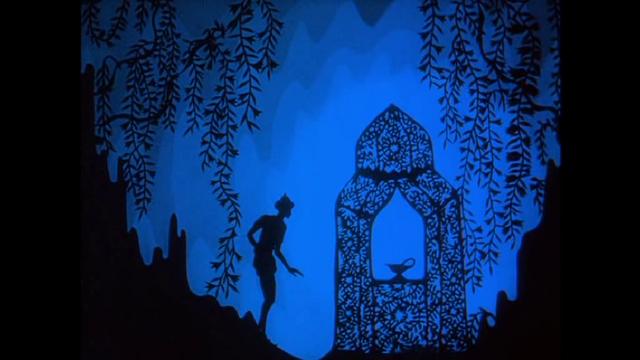
Commonly cited as the oldest surviving feature-length animation in the cinematic archive, German director and screenwriter Lotte Reiniger’s 1926 The Adventures of Prince Achmed, ventures into the realms of magic and myth with an elaborate fairy-tale narrative. A pioneer of the technique of silhouette animation, Reiniger used intricately designed shadow puppets to create over forty of her fairy-tale inspired films.
Interlacing narrative elements of two familiar stories from the Arabian Nights tales, Aladdin and the Wonderful Lamp and The Story of Prince Ahmed and the Fairy Paribanou, Reiniger reconstructs a new spellbinding fairy-tale of her own. Through the simple play of light and colour, distinctive silhouettes emerge against vivid and exotic backdrops that often take the form of abstractions and arabesques.
A recent revival of the original silent film set to music composed by American saxophonist and composer Phillip Johnston, offers The Adventures of Prince Achmed a rebirth in the context of the contemporary world, nearly one hundred years after its release.
The enchanting handcrafted beauty of Reiniger’s The Adventures of Prince Achmed is a reminder of the possibilities of animation to transcend the children’s film genre, and penetrate the meanings and musings of life.
2. Belladonna of Sadness (1973)
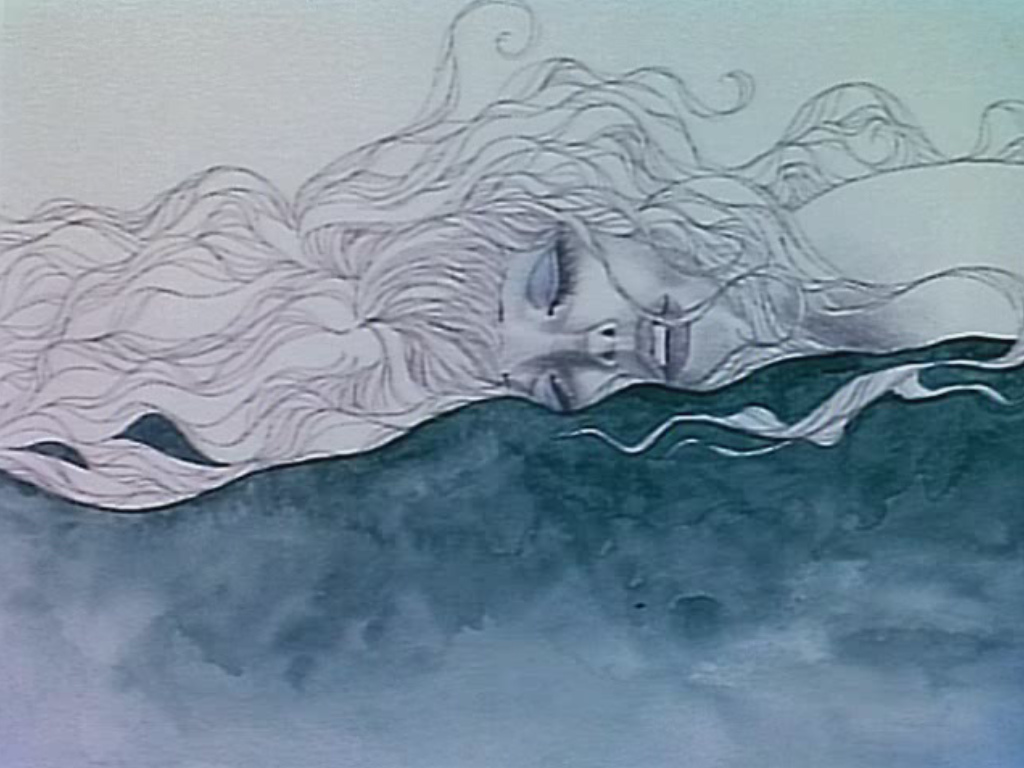
After several enchanting anime productions, Eiichi Yamamoto’s fifth film, Belladonna of Sadness, confirmed him as a visionary filmmaker. A feverish descent into the aftermath of violence, Belladonna of Sadness confronts the trauma embodied by female survivors of sexual violence. Uncompromising and relentless, Yamamoto and co-writer Yoshiyuki Fukuda do not leave any emotional realm of violence unexamined.
Set in medieval France, the contented life of newlyweds Jeanne and Jean is shattered when Jeanne is raped by two men from their village on their wedding night. When Jeanne is pursued by a devil who appears in the form of a phallus, she is able to utilise dark magic and demonic powers to avenge herself from her abusers. With reference to the film’s title, Jeanne becomes as deadly as the Belladonna flower; the deadly nightshade.
With overt references to Joan of Arc, the French Revolution, the Bubonic Plague and other pivotal historical epochs, Belladonna of Sadness emerges as both an account of the historical tragedies of the past, and specifically, the treatment of women within these histories.
The ornate, pastoral watercolours combined with the thematic concern of female liberation and empowerment, centres Belladonna of Sadness as an authentic, revolutionary product of its time.
3. Asparagus (1979)
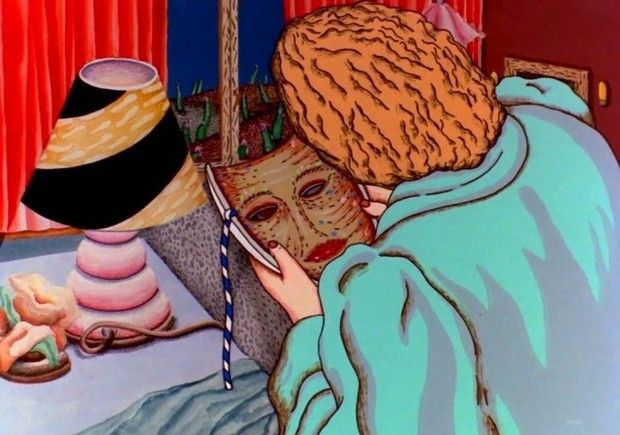
Known for her short spellbinding animations, Suzan Pitt expanded her filmic vision with her 1979 feature Asparagus, a psychosexual, phantasmagorical exploration of the internal conscious. Combining intricate stop-motion animations with her distinctive illustration style, Asparagus presents a surrealist world that balances precariously between dream and reality.
Situated as a symbol of sexuality, Pitt locates the asparagus in question as both a figurative phallus and a reference to fertility and spring harvest. Produced against the backdrop of the second wave of feminism in America, Asparagus embodies the sexual liberation and freedom of mind that defined the period.
Dovetailing the film’s thematic intimacy, Asparagus explores the pleasures of imagination and creativity as ecstatic, orgasmic processes. The female protagonist, who is faceless and wears a mask only in public, is not merely an artist but a magician too, conjuring wonders and spectacles at her local theatre. Like the protagonist, Pitt herself was a passionate, devoted artist, dedicating four years to the production of Asparagus.
Departing from the tropes and conventions of traditional animated filmmaking, Pitt’s Asparagus is among the most inimitable and influential animations to have been produced during the twentieth century.
4. It’s Such a Beautiful Day (2012)
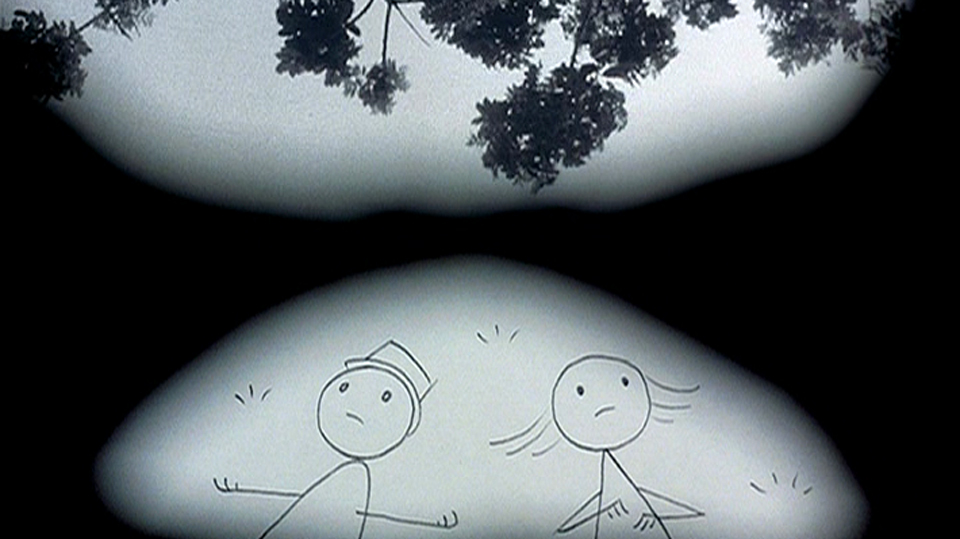
In his first feature film, director Don Hertzfeldt presents a moving and melancholic ode to the relationship between identity and memory. The film commits to a sensitive examination of the meaning of memory, both how it is lost and found again at various points in our lives.
Divided into a triptych form, It’s Such a Beautiful Day follows Bill, a young man whose mental faculties are gradually plagued by a brain disease that causes his memories and sensations to weaken. As Bill’s condition deteriorates so does the world around him, fragmenting into surreal, glittering pieces of what was.
While the animation may appear simplistic, it does wonders to convey the disquiet that lies at the roots of this film. Reminiscent of the squiggly doodles and stick-figures found in the margins of children’s textbooks, the style of animation itself serves as a metaphor for Bill’s desperate longing to locate the lost memories from the beginning of his life.
Hertzfeldt’s first film is undoubtedly an artistic and philosophical achievement, directing the viewer’s eye to the glaring fragility of life, its inevitable brevity and impenetrability. In an impossibly vast and hauntingly beautiful vision, It’s Such a Beautiful Day traverses the entirety of life and the universe itself.
5. Song of the Sea (2014)
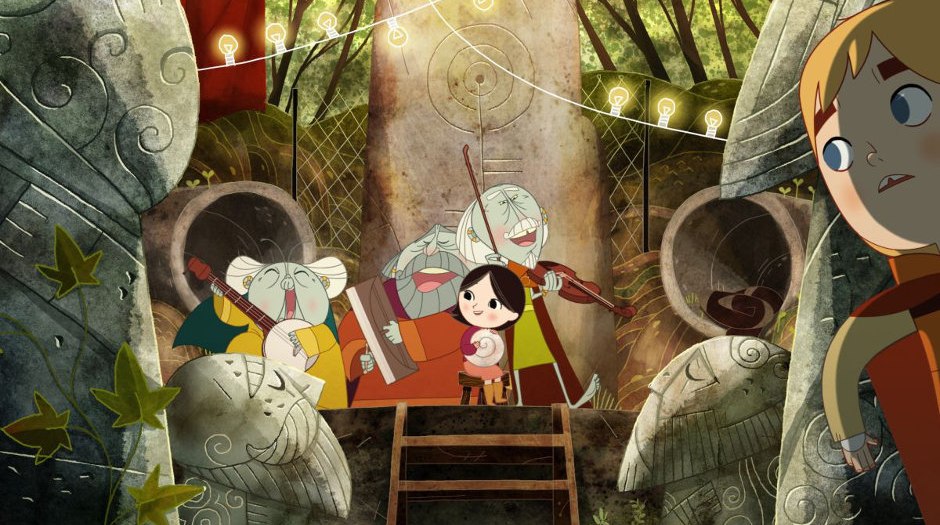
Evoking the Celtic lore and legends of his homeland Ireland, director Tomm Moore’s 2014 animation Song of the Sea presents a uniquely intimate and enchanting fable preoccupied with motifs of loss, absence and silence.
Song of the Sea follows Ben and his father’s struggle after their mother’s disappearance upon the birth of her daughter, Saoirse. Overcome by grief, Ben’s father sends both children to live with their grandmother in the city, which is starkly contrasted to the lighthouse which was their beloved home. When Saoirse falls suddenly ill, it becomes apparent that she may share a mysterious connection to her mother’s disappearance: they are both selkies.
As Ben and Saoirse journey back to the lighthouse to retrieve their mother’s sealskin which will heal Saoirse, they accidentally embark on an enchanting adventure which leads them deeper into the realm of myth and mystery.
Among the most soulful animation studios currently active, the captivating creations of Moore’s animation studio Cartoon Saloon infuses Song of the Sea with a spellbinding style, almost hypnotic in its subtle execution. Song of the Sea is an intelligent, mesmerising reconstruction of Celtic myth and its persistence and meaning for the contemporary screen and culture.